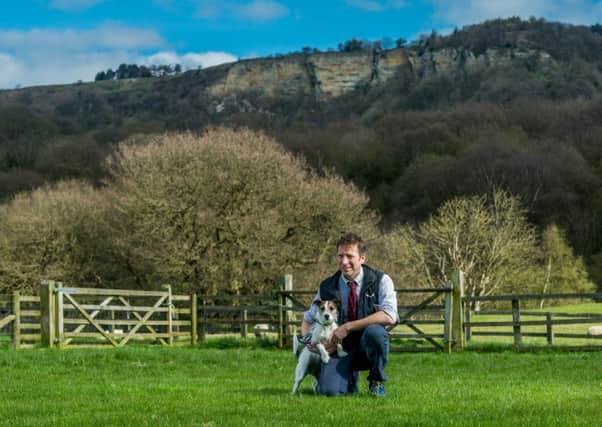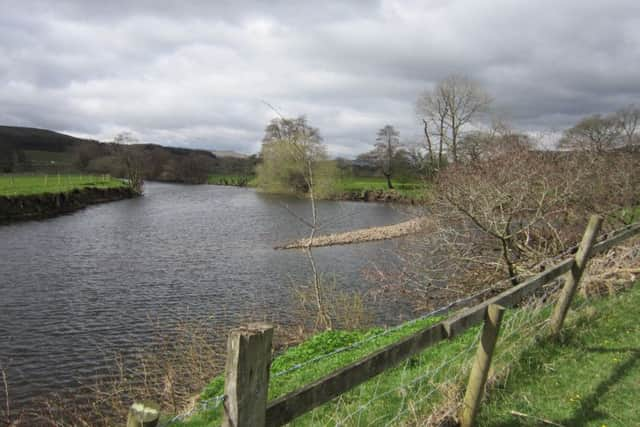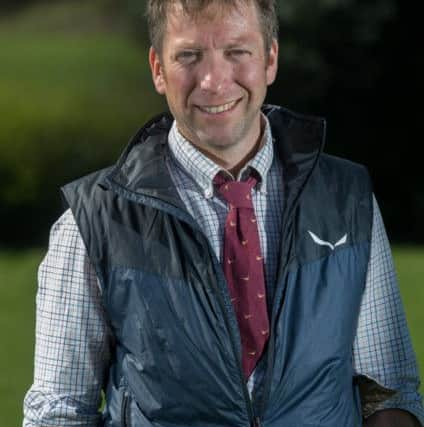A physical challenge for Julian after cow gives birth to twins


It was still dark and gloomy when I got to the farm. The thick fog stubbornly refused to lift from the fields and lanes along the River Ure. The problem was plain to see though. The poor cow, having given birth to twins in the early hours, now had her whole, very large uterus hanging out, covered in mud and the remains of the afterbirth. It was the size of a sack of potatoes. Emma knew she would need a hand to get it back in.
Replacing a uterine prolapse in a cow is physically challenging and requires the correct technique and, ideally, some experience. It is also a very dirty job. One famous veterinary surgeon – a friend of Alf Wight – apparently advocated the removal of all of the vet’s clothes before attempting this procedure, to avoid soiling them with blood and mud and other things. It was a bit cold for that this morning.


Advertisement
Hide AdAdvertisement
Hide AdOnce we had restrained the cow, we gave her an epidural. This would numb the area, remove any pain and stop her from straining – a natural reflex. We would never be able to replace this 30kg sack of potatoes, slimy and delicate, without everything being relaxed. It worked a treat, indicated by the sudden flaccidity of her tail.
She was still standing up, which offered some advantages – we had gravity on our side. Once the large viscus was fed into the vulva, it should slide back down into the abdomen. If a cow is down, unable to stand through weakness or fatigue, she needs to be positioned in a very specific way to facilitate the procedure, which is reasonably tricky.
We both worked carefully and painstakingly to persuade the organ back into its proper place, sweat dripping from our foreheads. As predicted, blood and gloopy fluids were everywhere – arms, legs, body, inside and outside waterproof clothing. It was one of the toughest prolapses I had done in 21 years of practise and I sympathised with Emma, it being one of her first. Finally, the bloody, slimy sack of potatoes was back inside the cow.


“Well done! Good job! Thank goodness for that!” exclaimed the farmers, although I did not share their relief just yet. Sadly, the success was temporary. The cow gave a large groan and spewed her uterus out for the second time in a couple of hours. Then she promptly collapsed on to the ground. Another 20 minutes and more groaning – this time from the vets and not the cow – and the pesky thing was back in, inverted and all was good.
Advertisement
Hide AdAdvertisement
Hide AdNext, we needed to place some large and strong sutures across the vulva to stop the uterus from prolapsing again, then there were painkillers and antibiotics to reduce the possibility of sepsis, and the patient was looking 100 per cent better.
Her chances of survival had improved dramatically. After some serious action with the hosepipe and a scrubbing brush, I was ready to return to the surgery. I had a dog, Rufus, to recheck with a delicate and sensitive eye condition and I didn’t want to be late. Rufus was, thankfully, much better, but despite my successful treatment of his sore eye, his owner viewed me with suspicion.
It was only later that I realised I still had a large smear of blood across my forehead that the hosepipe had failed to reach!